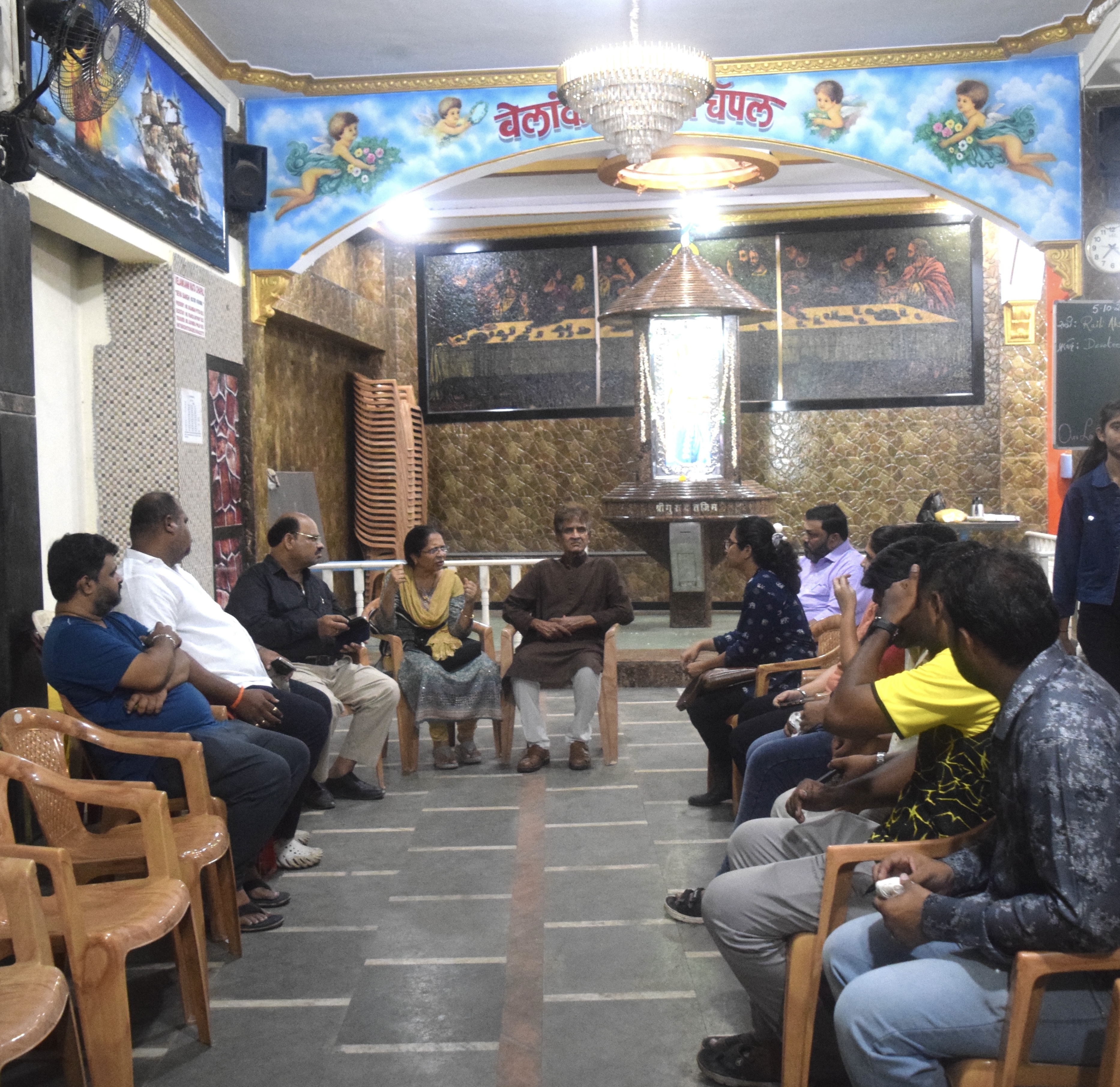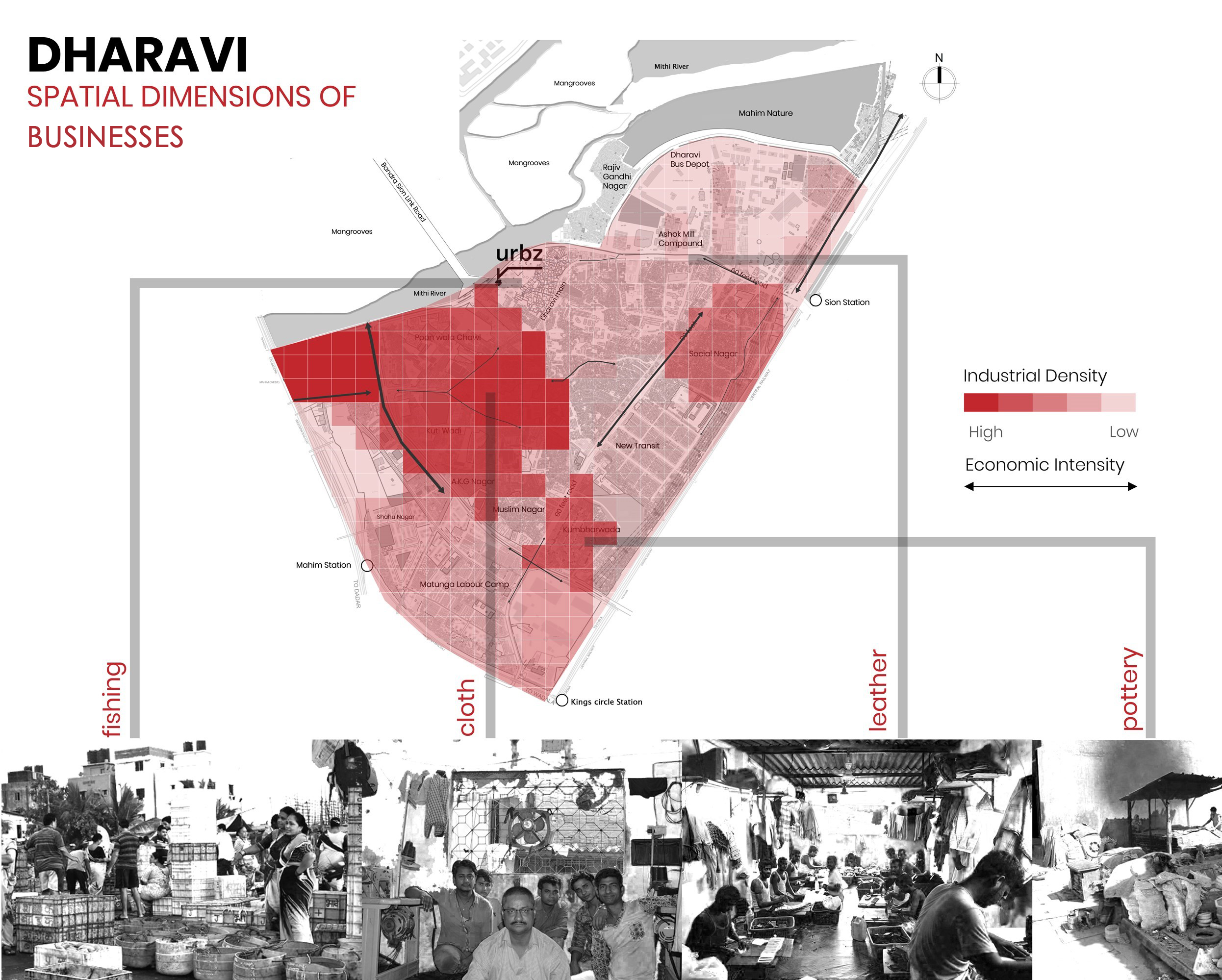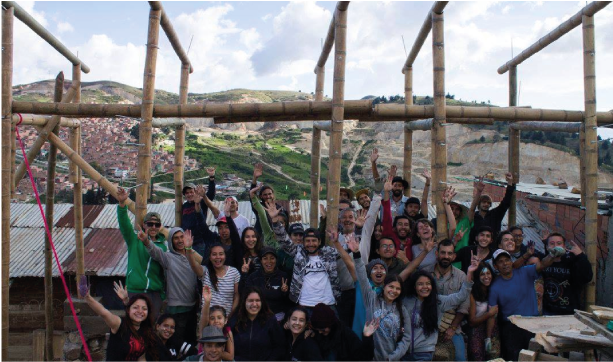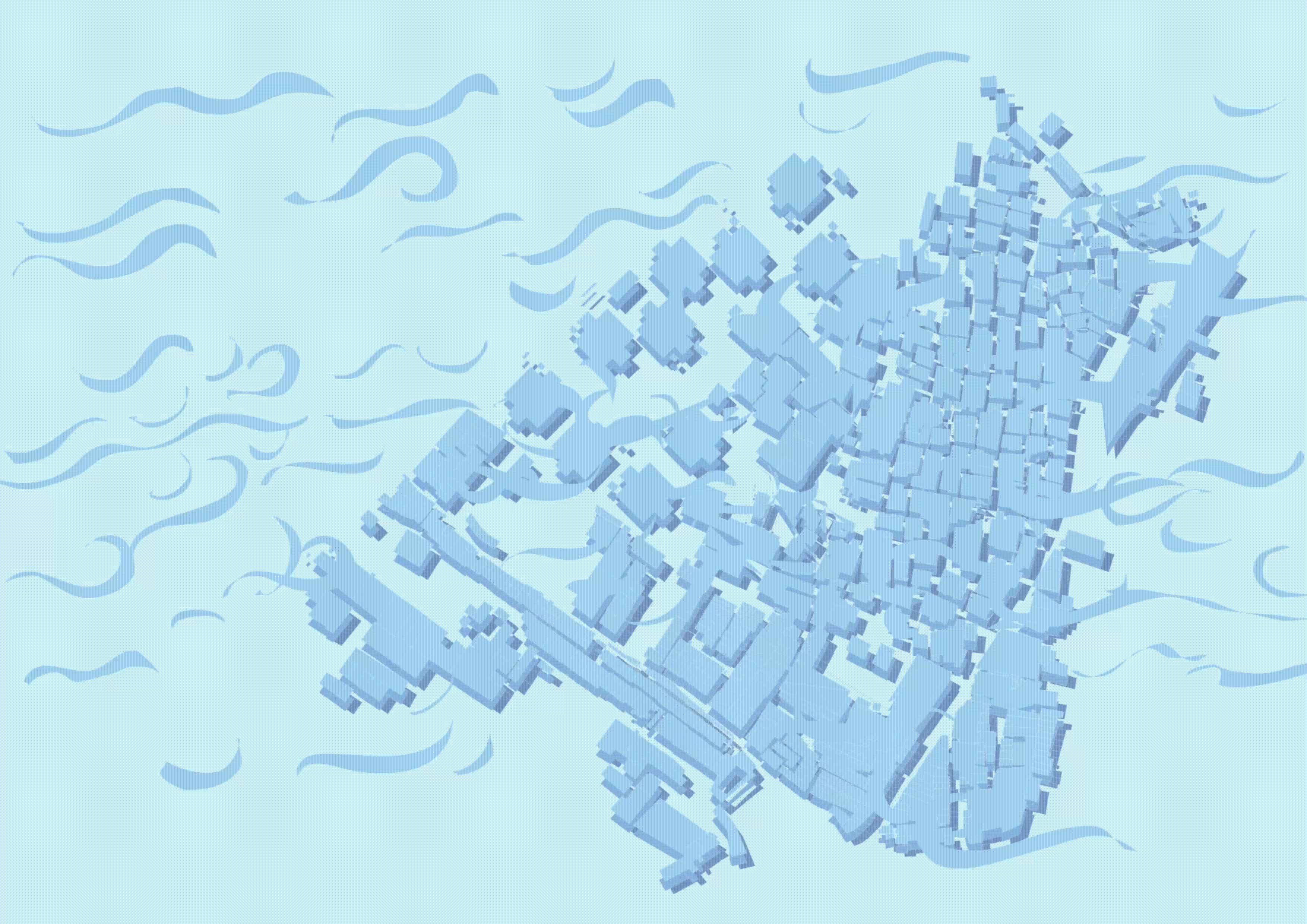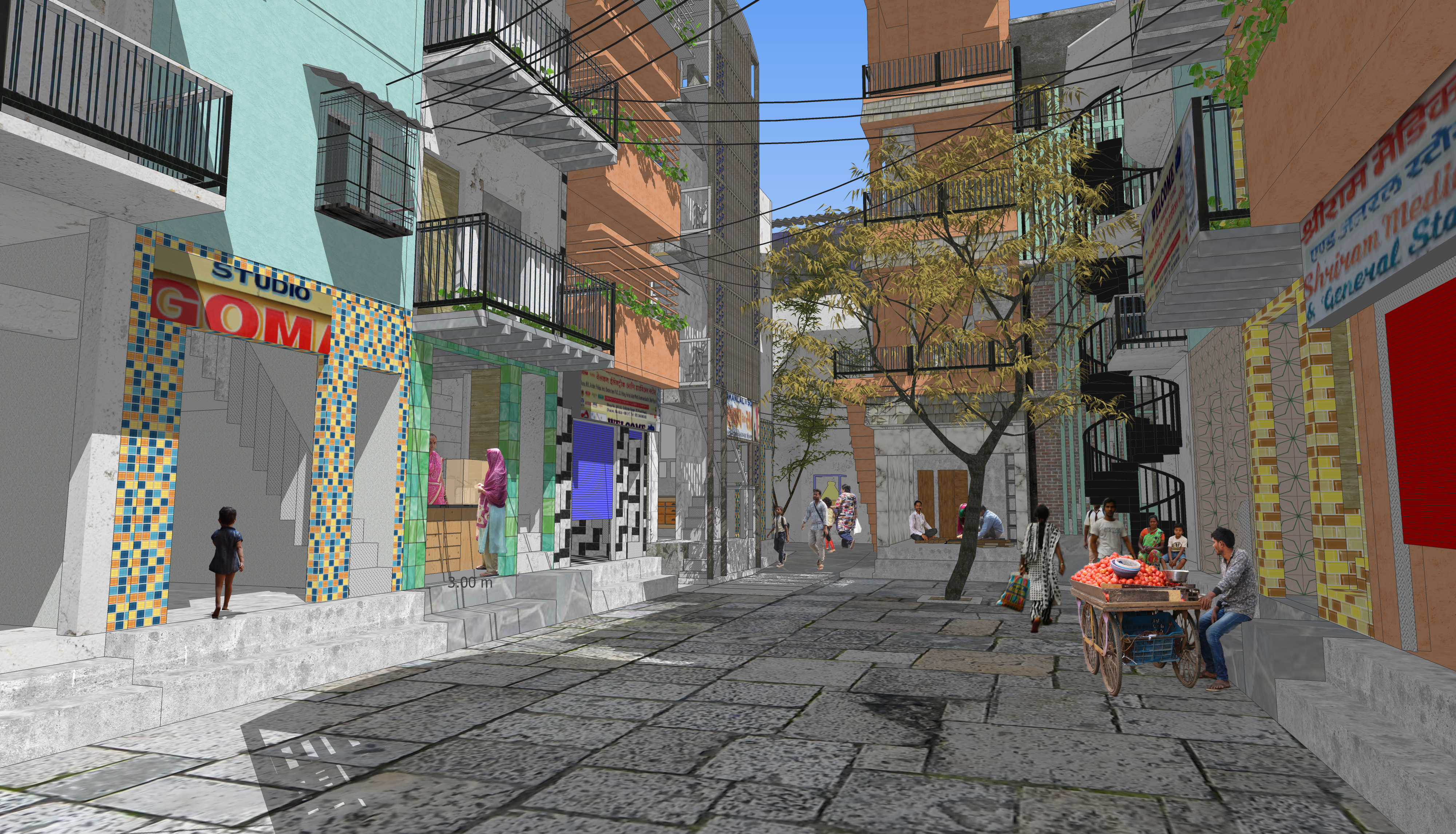Colonias of Colima
Colonias of Colima
Varying homegrown layouts
Homegrown neighborhoods in Colima city, Mexico usually emerge on the outskirts of the city where basic facilities are lacking and governmental support is unsteady. Neighborhoods vary in structure based on the topography or social cohesion levels. They may be clustered, such as in the case of Mexico City or Ciudad Nezahualcóyotl, or have a disjointed and sparse layout as seen in Colima City.
Tobias Jimenez, an architect at [inform]al, shared his experiences on growing up and living in a homegrown settlement at the periphery of Colima City. In Colima, settlements are generally called colonias and fall into varying legality. Residents build homes themselves and assemble into organisations to arrange for basic facilities. Most neighborhoods are not provided with any of the basic provisions such as sanitation, water, and electricity. Organisations are commonly formed to pressure the governing bodies to provide connections and support to these communities.
Colima city, the capital of Colima state is located in west-central Mexico. Surrounded by mountainous terrain, many settlements are located on the lower gradients of slopes. Half of the year experiences humid temperatures and cities are in regions prone to earthquakes and flooding. These external factors threaten communities and pose risks to the infrastructures of colonias.
On the cusp of rural and urban
Family members get together to build their houses - Tobias and his father built and constructed their house. The family members often rely on basic know-how of construction passed on orally, to construct their houses from what is available. Recycled materials from older structures or obtained from a recycling manufacturer are often used- such as wood, sheet metals and plastics, or chicken wire.
New settlements may emerge when the owner of a large plot of land wants to sell parcels of land in an unauthorized way. In such instances, the government doesn’t provide any resources or provisions to the residents, which in turn leads to residents organising for these necessities themselves. Tobias’s father himself took a high-risk route to connect their house to an existing electricity post. To develop their colonias, residents may want to obtain property documents as a form of legitimation of their settlement. One way to do this is through naming and registering the colonia with the local municipality.
The colonia where Tobias’s home is located is named after Miguel Hidalgo, a prominent icon from the Mexican War of Independence. Property documents consist of the names of all the residents of a colonia- making the legitimation and legal procedure participatory. Securing property documents and forming organisations makes it comparatively more convenient for residents to obtain provisions and make arrangements for basic facilities. These organisations have a president, secretary, and treasurer who take the role of collecting funds and approaching the municipality with development proposals.
Make-do resilience
A significant number of colonias still exist without property documents or connections to their local municipalities. Due to a lack of resources and support, many residents are not able to protect their homes from risks of natural disasters. Their main priority is having a roof over the heads, the rest of the problems are dealt with as they come.
Solutions such as the use of plastic tarps and digging trenches around the house are implemented to prevent the structure from flooding. The terrain intensifies the probability of a colonia flooding; being on the outskirts of the city causes the hill gradient to bring water into the spatially spread out settlement. Most of the materials used in the construction are good conductors of heat. During summer, the air gaps caused by a patchwork of various materials used prevents thorough ventilation. Inhabitants spend energy and time taking measures to cope with harsh climatic conditions.
Constructing their home with disaster mitigation in mind, or even modifying existing structures to meet resilience needs, is difficult for residents. If a household is economically stable and can afford to do so, they may build their houses with a stronger foundation at an elevated level. For others, the monsoon is a challenging and laborious time.
During the monsoon, regular heavy rains lead to Lucina’s home flooding with several inches of rainwater, blackwater, and greywater on a weekly basis. The flood causes the structural members to rot and produces mud holes in the home that remain unstable for days after the rains. A temporary solution to achieving soil stabilisation is the pouring of dirt, rocks, and concrete.
Many families discover solutions concurrently as they face problems and build accordingly with the resources available to them.
Community participation is a valuable tool that allows for the distribution of construction knowledge and creates a sense of ownership through participation. The following home designed by [inform]al is to be built by minimal skilled labour and easily maintained and upgraded. Materials will be sourced from local suppliers and distributors. A family member who owns earth-moving equipment will complete the site work and excavation. The Jimenez family’s upgrade project is unique because they have property rights to the land and have lived on the undeveloped land parcel for 14 years.
Sense of belonging- from Latin America to Dharavi
When people move from a colonia to a planned and formal settlement, they have better access to basic facilities such as water and electricity. At the same time, they face downsides such as a loss of sense of belonging and ownership of their homes. The majority of Tobias’s family lives in homegrown settlements, and those who moved to the formal city expressed sentiments of losing a space they could call home.
Unlike many settlements across Latin America, such as barrios in Venezuela or campamentos in Chile, or even in other cities of Mexico itself, the colonias of Colima city are disjointed because of the style of ownership. People own a small portion of a larger plot and build within their own space. They may choose to not build close to other houses to avoid sharing walls or boundaries. Construction of houses is a joined effort, and residents also have collective ownership of the settlement. On the other hand, This layout of the settlement and lack of communal dependency on a daily basis influences the community efforts of the colonia. Residents are unable to implement participatory efforts to protect their homes from external risks. A demonstrative example of this is the fact that other houses in Tobias’s settlement are located at least a 100 meters away from his house.
Homegrown settlements are true to their name in the sense that residents have put in tremendous amounts of efforts and thought into the development of their homes. The colonia’s demonstrate adaptability and thrive even under stressful circumstances.
Acknowledgements: We would like to give special thanks to Tobias Jimenez for taking the time and effort to share with us his experiences, knowledge, and images about homegrown settlements across Colima. You can learn about and extend your support to the [inform]al team in providing the Jimnez family and families across Latin America a new home here.

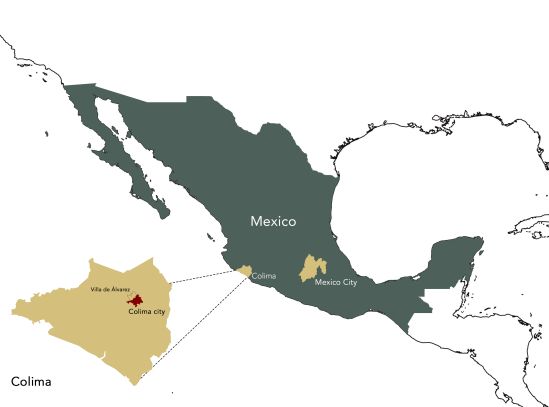
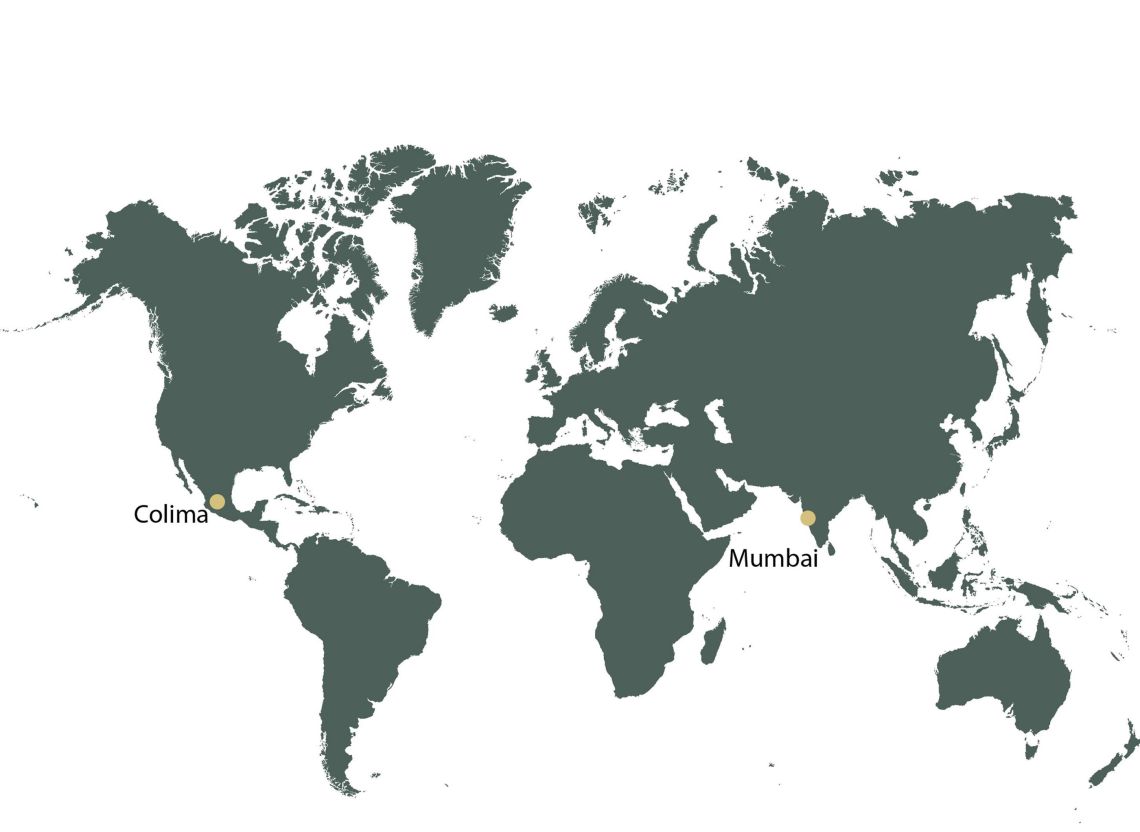
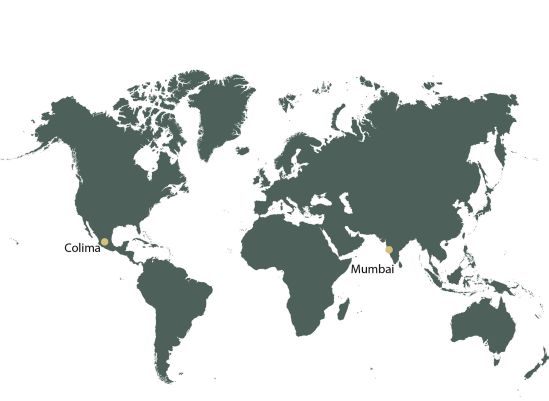

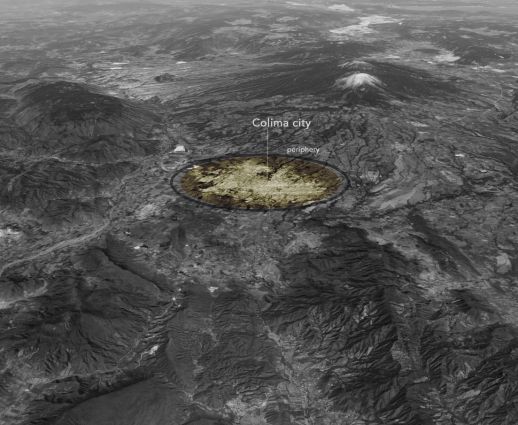
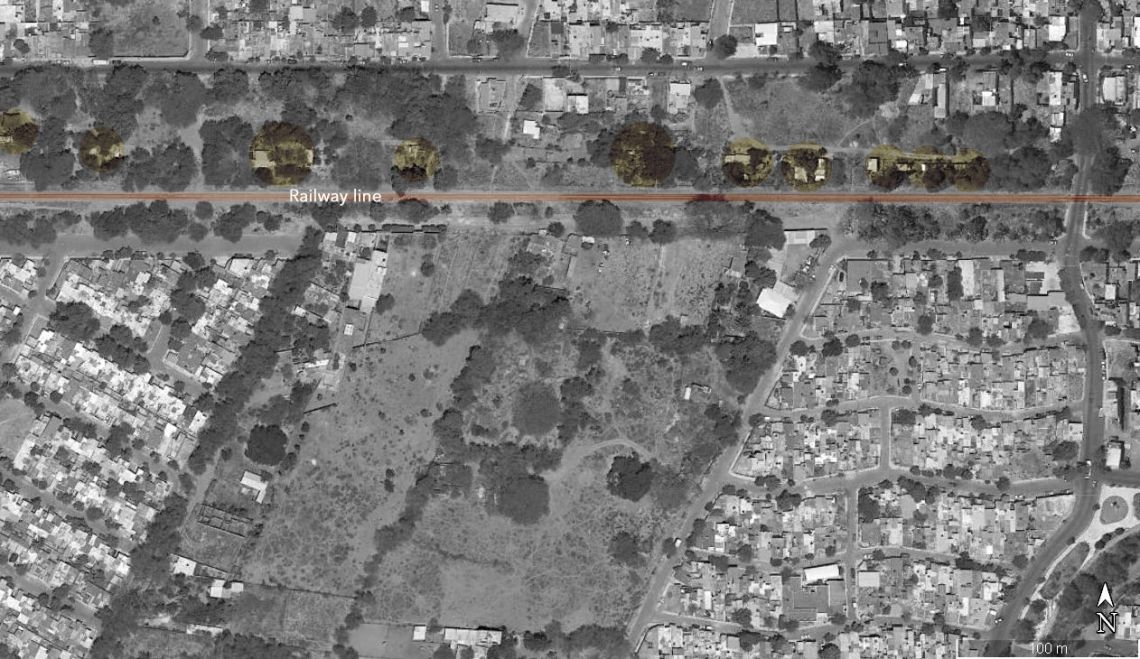

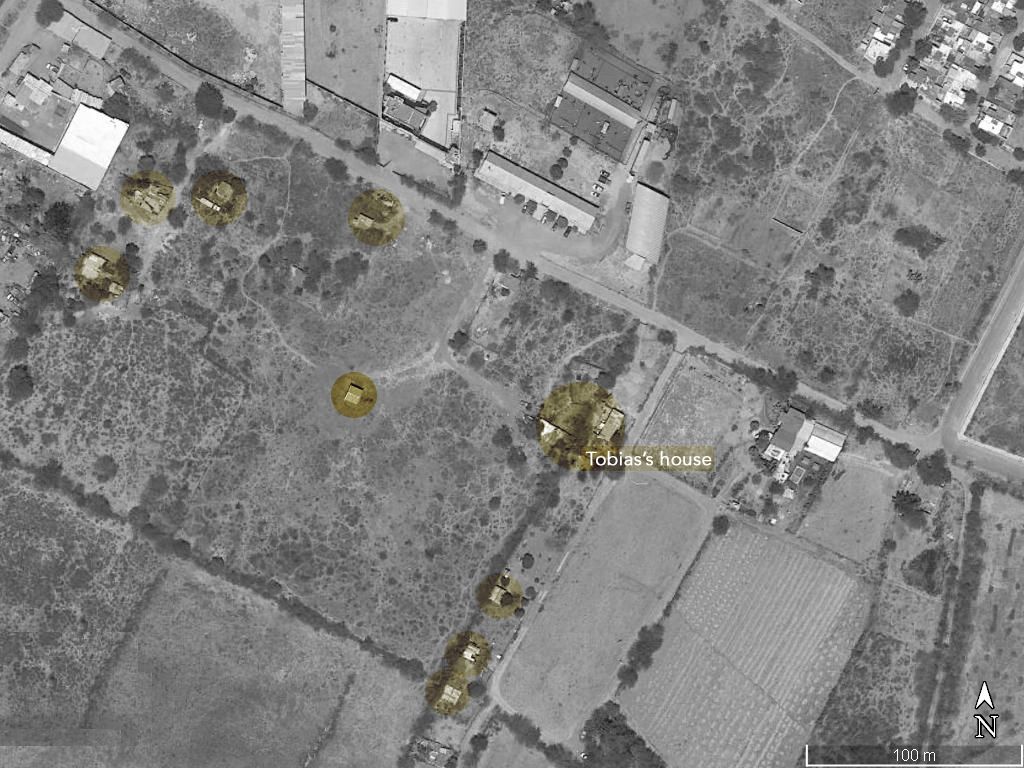

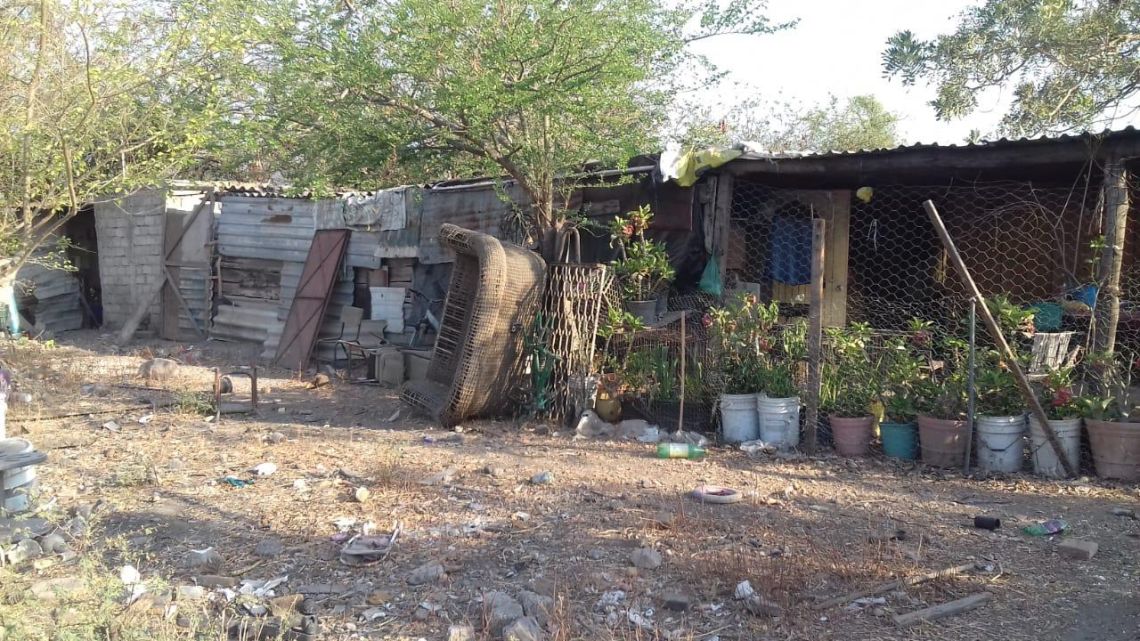


![La Casa de Colima, An upgraded house proposed for the Jimnez family in a homegrown settlement in Colima Mexico. The house will be constructed by community members, members of the family, skilled laborers,and team at [inform]al.](/sites/default/files/styles/2_columns_image/public/image_caption/2021-03/14._0.png?itok=db-r85-N)



